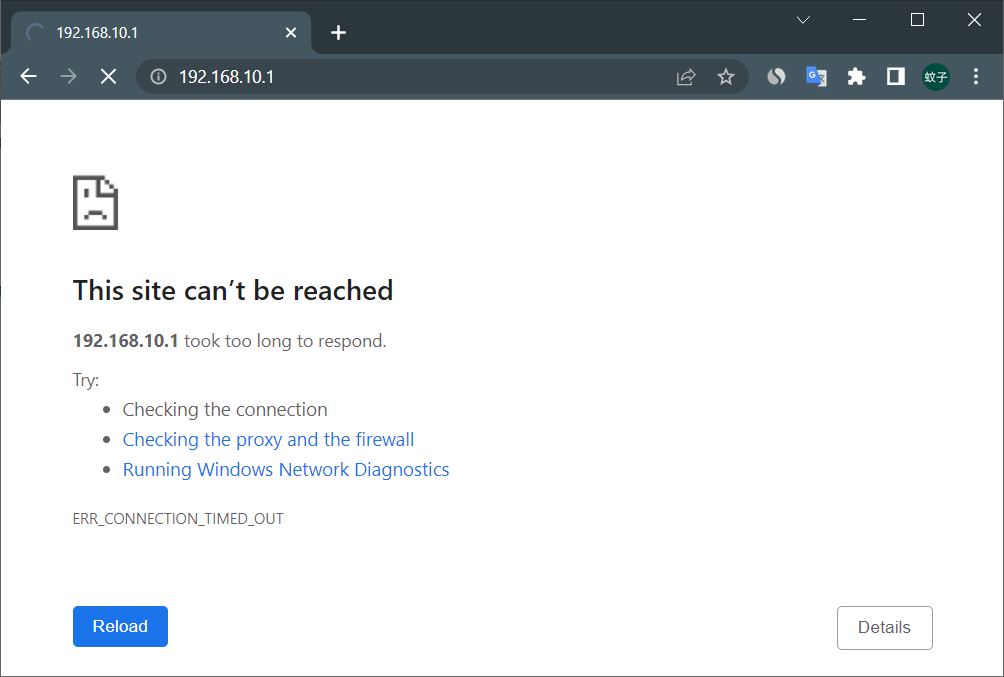Are you tired of being locked out of your router settings? Frustrated with the infamous 192.168.200.1 login page that just won’t open? Fear not, dear reader! We’ve got you covered. In this article, we’ll explore the common reasons behind this issue and provide you with simple solutions to reclaim control over your router. So, grab a cup of coffee, sit back, and prepare to unlock the secrets of 192.168.200.1!
The Culprits: What’s Holding You Back
Before we dive into the solutions, let’s uncover the root causes of this pesky problem. The hurdles you may encounter when trying to access your router settings through 192.168.200.1 can be categorized into five main areas:
(1) Incorrect Local IP Configuration on Your Computer
If the local IP configuration on your computer is wonky, it can prevent you from logging into your router. The fix is simple: set your computer’s IP address to obtain automatically. Here’s how you can do it on Windows 10:
- Right-click the ‘Start’ button in Windows 10 and select ‘Network Connections.’
- Right-click ‘Local Area Connection’ and choose ‘Properties.’
- Select ‘Internet Protocol Version 4 (TCP/IPv4)’ and click on ‘Properties.’
- Finally, select ‘Obtain an IP address automatically’ and ‘Obtain DNS server address automatically,’ then click ‘OK.’
If your computer’s IP is already set to default auto-obtain, you can skip this step.
(2) Router Connection Issues
To ensure a smooth login process, it’s crucial to establish the right connections between your computer, modem, and router.
Ensure that the external phone line or fiber is connected to the modem, which, in turn, should be connected to the router’s WAN port using a network cable. For laptops or phones, use WiFi to connect to the router, while desktops require a network cable connected to the router’s LAN port.
(3) Network Cable Problems
Faulty network cables can be a major roadblock when it comes to opening the router login page. Damaged or aged connectors can hinder your progress. To overcome this hurdle, make sure your cable is in pristine condition. If you have a spare cable at home, replace the faulty one and securely connect the new cable. Then, try opening the 192.168.200.1 login page again. You can also check the network status icon in the bottom right corner of your computer or use the ‘Ping 192.168.200.1’ command to verify the connection.
(4) URL Input Error in Your Browser
Many of us make the common mistake of entering 192.168.200.1 into the search box of our browsers, such as Google, Bing, or Baidu. However, this won’t lead us to the router login page. The correct way to enter 192.168.200.1 is in the browser’s address bar, located at the very top of the browser. This ensures that the browser directly navigates to the router’s login page instead of searching for the address as a query. Take a look at the illustration below for the correct position:
(5) Router Settings Misalignment
Contrary to popular belief, not all routers have 192.168.200.1 as their default login address. Each brand and model may have a different login address. If your router’s IP address doesn’t match 192.168.200.1, using this IP won’t open the router settings page. To avoid this confusion, check the label at the bottom of your router to confirm its IP address.
Another possibility is that the default IP address of your router has been modified for increased security. In such cases, 192.168.200.1 will no longer be a valid login address. You must use the new modified address instead. To find the real login address of your router, follow these steps:
- Right-click the ‘Start’ button on Windows 10 and open ‘Network Connections.’
- Right-click ‘Local Area Connection’ and select ‘Status.’
- Click ‘Details.’
- Look for ‘IPv4 Default Gateway’ in the details page, as it indicates the current login IP of the router.
Troubleshooting 101: Regaining Control
These solutions should help you overcome the common roadblocks when opening the router settings page through 192.168.200.1. If you’re still facing issues, consider resetting your router to its factory settings before attempting to log in again. For step-by-step guidance on resetting your router, refer to our article: “How to Restore Factory Settings of Routers Using 192.168.200.1 as the Login Address?”
Now that you have the knowledge and the power to conquer the 192.168.200.1 login enigma, go forth and unlock the vast potential of your router settings. Embrace the freedom to customize and optimize your network to suit your needs. Happy browsing, my tech-savvy besties!
(This article contains affiliate links)




